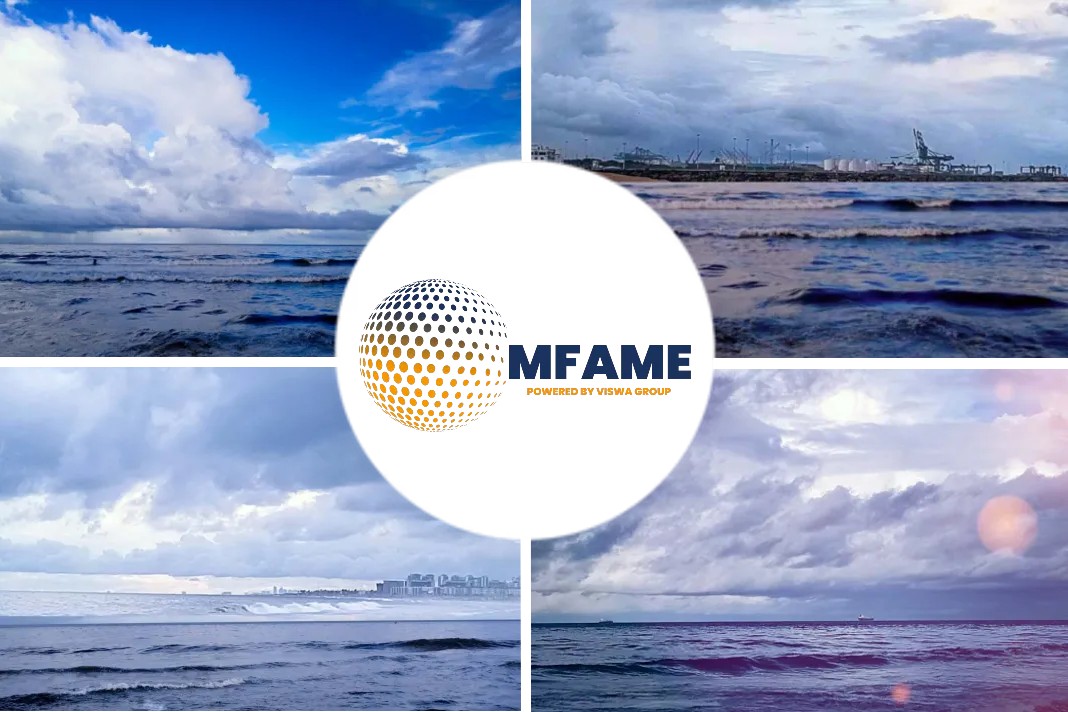Scrubber manufacturer Yara Marine has stressed the importance of using quality materials to build exhaust gas cleaning systems, reports Ship&Bunker.
Similar comment from CSA 2020
The comments follow a similar message recently made by scrubber advocate group Clean Shipping Alliance 2020 (CSA2020).
The comment is after the circulation of footage showing an engine room being flooded due to a scrubber malfunction, although this was played down by vessel owner Oldendorff.
Recent study by ATI
Crevice corrosion rate
Yara Marine’s Anders M. Sørheim says a recent study by American stainless steel manufacturer ATI, Evaluation of Alloys for Marine Exhaust Scrubbers –
“Effect of Welding and a Crevice, showed some alloys have a crevice corrosion rate of approx. 0.7 mm per year, while for other it is close to zero.”
Rates could grow!
He said, “Over the course of 10 years these crevice corrosion rates could in theory grow up to 7 mm deep, which in some cases is more than the thickness of the scrubber wall.”
Effect of such weak spots
“Such weak spots in the scrubber tower structure can lead to cracking or other fatigue issues caused by the constant mechanical vibration and thermal expansion-contraction cycles onboard a vessel, which would result in scrubber leakages.”
How important is welding?
Welding work is also particularly important, he says, as even if a scrubber was built in pure nickel it could be susceptible to corrosion damages if the welds are substandard.
He added, “A good rule of thumb is that the welding material should be of a higher grade than the material being welded together.”
Rules set by DNV GL
Sørheim notes that rules set by class societies such as DNV GL cover
- structural strength,
- hull integrity and
- other matters relating to the safety and availability of the main functions of a ship,
but scrubber systems are not considered one of those main functions.
Corrosion protection
He said, “When it comes to corrosion protection, DNV GL amended their rules for scrubber systems in 2017 to include the text: The exhaust gas cleaning unit and exhaust piping exposed to the cleaning water or treated exhaust shall be suitable for the corrosive properties of the two medias.’
“How well this rule is interpreted and enforced, however, is a different question. As we have seen, not all corrosion resistant alloys are sufficiently resistant to corrosion in the scrubber environment.”
Did you subscribe to our daily newsletter?
It’s Free! Click here to Subscribe!
Source: Ship&Bunker























